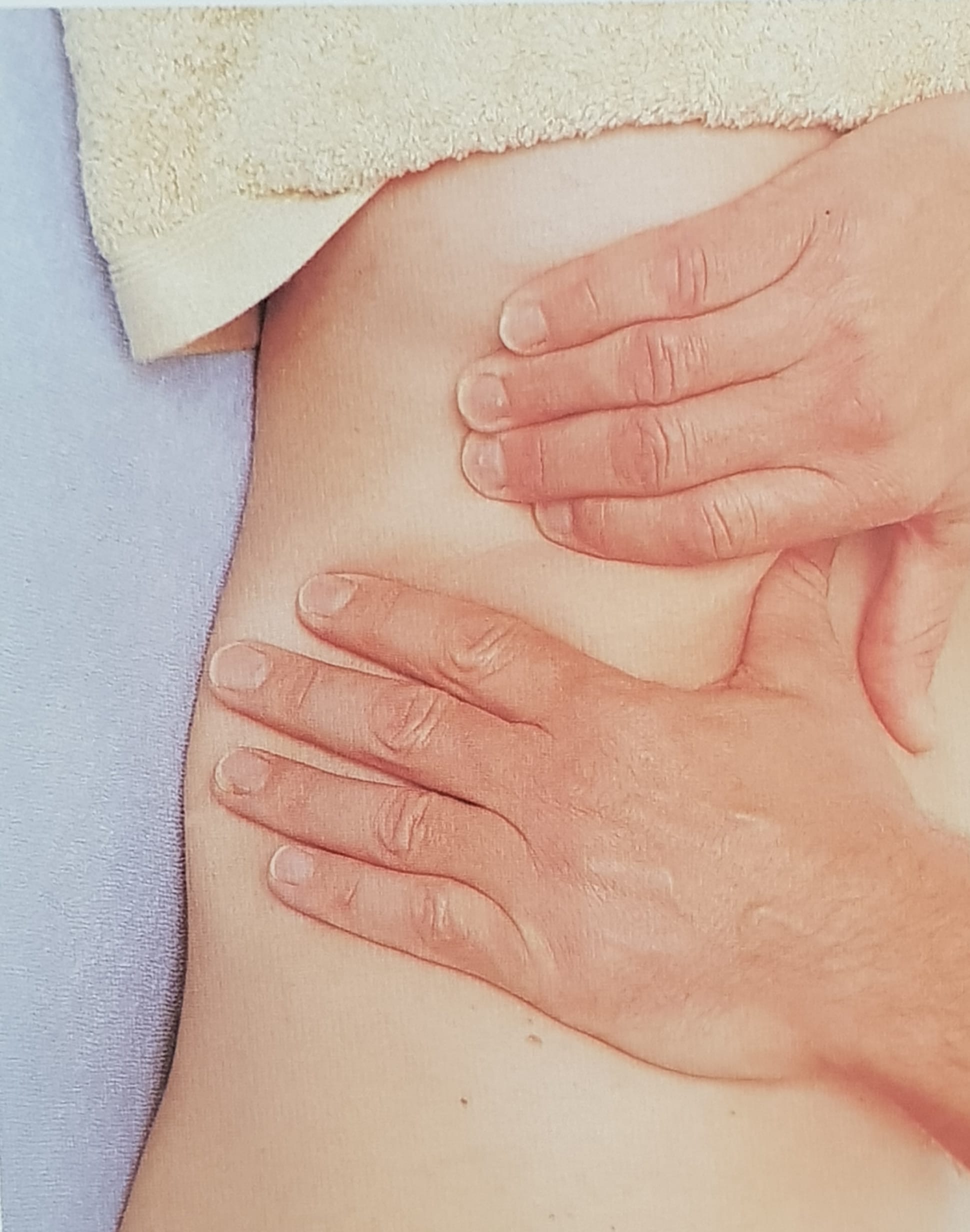Sports massage on the upper body practising effleurage and petrissage
Date: 01/10/18 Duration: 1 hour
Location: Sports Clinic
Reflective Summary:
The aim of this massage session was to practise effleurage and petrissage on the neck, pectoral muscles, shoulder and back.
I prepared the massage couch by giving it a rub down and placing new couch roll on the top of the couch. I checked that all of the materials that were needed for the massage were on the trolley next to the bed.
Before I massaged my client/ female peer, I washed my hands and then discussed any contraindications. I positioned (in the supine position) and draped her ready for the massage.
I began effleurage of the upper arm (bicep and deltoid) ensuring that erythema was present. Whilst massage the upper arm I supported the lower arm by gently supporting the hand/wrist.
Once I had completed massage of the upper arm I progressed onto massaging the pectoral muscle. Massaging the pectoral muscle presented a bit of a challenge as it is situated in an area of the body which is surrounded by bone (the Clavicle, Sternum and the Humerus). During effleurage it took a little time to establish which direction to move the hands. It felt more comfortable to perform the effleurage moving laterally away from the neck towards the arm and side of the body. I constantly checked with my client whether the pressure applied was okay. Once I had completed massaging the Pectoral muscle I positioned my client’s head to the side and held my hand under the head for support. Positioning the head in this way enabled easier access to the Sternocleidomastoid muscle as demonstrated in the soft tissue practical the day before. I repeated massage of the Pectoral muscle and neck muscles on the other side.
I used the front of my thigh to pin the towel to the couch and held the opposite side of the towel so that my client could turn away from me, moving from the supine position to the prone position.
Once my client was comfortable I began massaging her back. I realised whilst performing effleurage that the table was a bit too low and adjusted it. It immediately felt better as I was able to use my body to apply reasonable pressure and put less stress on my hands, upper and lower back (Andrade, 2014).
During the massage of the back I positioned the clients arm round to the side of her body with the forearm resting on the lower back. This enabled easier access to the Infraspinatus and Suprasinatus muscles on the Scapula and raised the Scapula for massaging the length of the Romboid muscle. It didn’t feel natural to me massaging under the Scapula along the length of the Rhomboid so further practice is required to improve my technique.
I am definitely feeling the benefit of continual practice on my peers and it is improving my confidence. As my knowledge of Anatomy is increasing I am able to identify the muscles that I am massaging.
References
Andrade., C-K. (2014). Outcome-Based Massage: Putting Evidence into Practice. (3rd Ed) Philadelphia: Lippincott Williams & Wilkins.
Areas for further improvement plus action plan:
Continue to practise effleurage and petrissage techniques as often as possible.
Continue to improve my anatomy knowledge
Read the literature on Evidence-based massage
